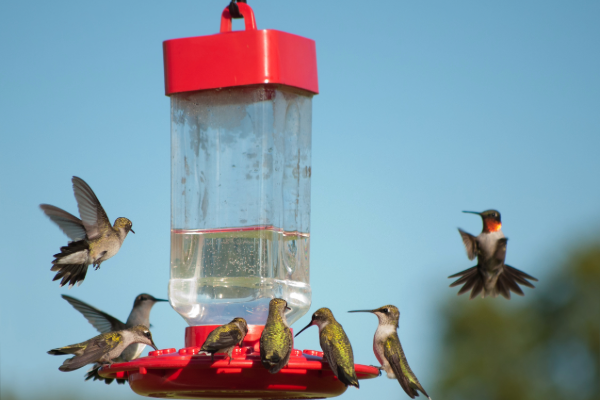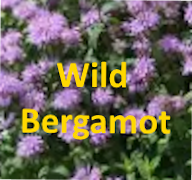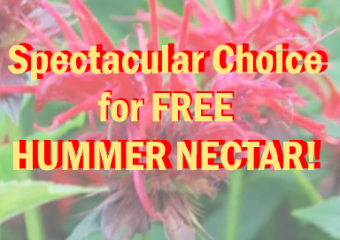The HummerNectar Formula: Balancing Nutrition, Simplicity, and Feeder Safety
The HummerNectar formula has become a popular choice among hummingbird enthusiasts for its effective balance of nutrition, ease of preparation, and safety for feeders. Creating the ideal nectar to attract these tiny birds is both an art and a science, and the formula behind HummerNectar expertly addresses the key concerns involved in nurturing hummingbirds in your backyard. In this article, we’ll explore why this formula stands out, how it supports hummingbird health, and tips for maintaining feeder safety and simplicity.
Understanding the Nutritional Needs of Hummingbirds
Hummingbirds require a diet primarily composed of sugars for energy, which they naturally obtain from flower nectar. The sugars — primarily sucrose — provide them with the fuel necessary for their rapid wingbeats and high metabolism. However, mimicking the perfect nectar composition in a home setting can be tricky. Too much sugar can be harmful, while too little leaves the birds without adequate energy.
The HummerNectar formula is carefully designed to replicate the natural sugar concentration found in many hummingbird-attracting flowers. Typically, this translates to a solution of about 20% sugar by volume, or roughly a 4:1 water-to-sugar ratio. This balance ensures hummingbirds can easily digest the nectar and gain sufficient energy without risking health issues associated with overly concentrated or diluted mixtures.
Simplicity in Preparation: Why It Matters
One of the greatest benefits of the HummerNectar formula is its simplicity. Because many bird enthusiasts lead busy lives, the ease of preparation plays a big role in whether they maintain consistent feeder refills. HummerNectar strips down the nectar to its essential components — clean water and refined white sugar — omitting unnecessary additives such as dyes or artificial sweeteners that can harm birds.
The straightforward approach means you only need to boil water, dissolve the sugar, let it cool, and fill your feeders. This not only saves time but also minimizes confusion among beginners. For the best results, it is advisable to use filtered or distilled water to avoid introducing impurities that could foster mold growth or damage feeders.
Feeder Safety: Protecting Your Hummingbird Guests
Keeping feeders safe and clean is as crucial as the nectar formulation itself. The HummerNectar formula supports feeder safety by limiting ingredients to those that do not encourage microbial growth. Sugars and water alone, when properly prepared and replaced regularly, create a less hospitable environment for harmful bacteria and fungi.
To maintain feeder safety:
- Clean feeders regularly: Washing feeders every two to three days with hot water (no soap) prevents mold buildup.
- Avoid dyes: The HummerNectar formula excludes red dye, which some studies suggest can be toxic or unnecessary since the red color of hummingbird feeders itself attracts the birds.
- Replace nectar frequently: Particularly in warm weather, nectar should be refreshed every couple of days to prevent fermentation.
By adhering to these principles, you minimize the chance of feeder contamination while ensuring hummingbirds receive clean and safe sustenance.
How the HummerNectar Formula Supports Hummingbird Health
Hummingbirds are highly sensitive creatures, and their health depends on the quality of nectar they consume. The HummerNectar formula mirrors the chemical balance found in flowers without introducing preservatives or harmful chemicals. This natural approach helps maintain the delicate microbial balance in the birds’ digestive systems and reduces the risk of disease transmission.
Feeding hummingbirds with the right nectar also encourages natural foraging behaviors. Since the nectar is similar in flavor and composition to wild flowers, hummingbirds are more likely to readily consume it, boosting their energy levels for migration, breeding, and daily activity.
Tips for Feeding Hummingbirds Successfully
Beyond the formula itself, here are some tips to maximize your hummingbird feeding experience:
- Location matters: Place feeders in shaded, quiet areas near flowers or shrubs to mimic natural feeding grounds and provide shelter.
- Use quality feeders: Choose feeders that are easy to clean and designed to minimize insect intrusion, particularly ants and bees.
- Monitored feeding: Keep an eye on your hummingbird visitors and feeder conditions to adjust nectar volumes and cleanliness.
- Seasonal adjustments: In cooler months or during migrations, more frequent refills and extra feeders can support birds’ increased energy needs.
Conclusion
The HummerNectar formula strikes an ideal balance between nutritional adequacy, simplicity of preparation, and feeder safety, making it a go-to option for hummingbird lovers. By understanding and applying the principles behind this formula, you can provide healthy, safe, and appealing nourishment that supports the wellbeing of these enchanting birds. Whether you are a seasoned bird watcher or a beginner, adopting this straightforward yet scientifically sound nectar formula will enrich your backyard with the joyful presence of hummingbirds.






